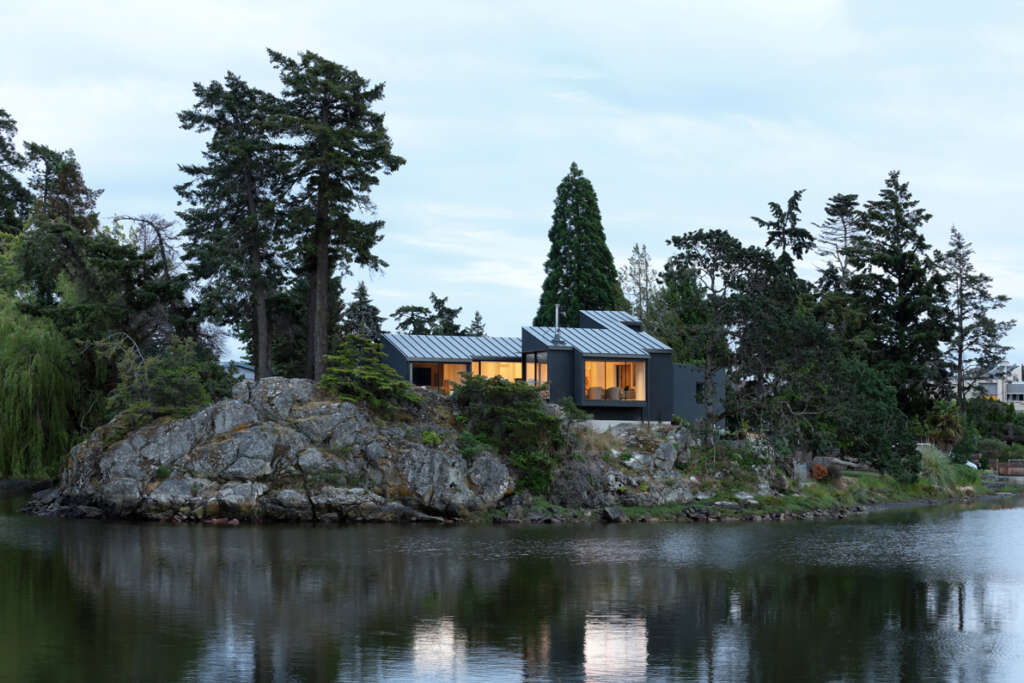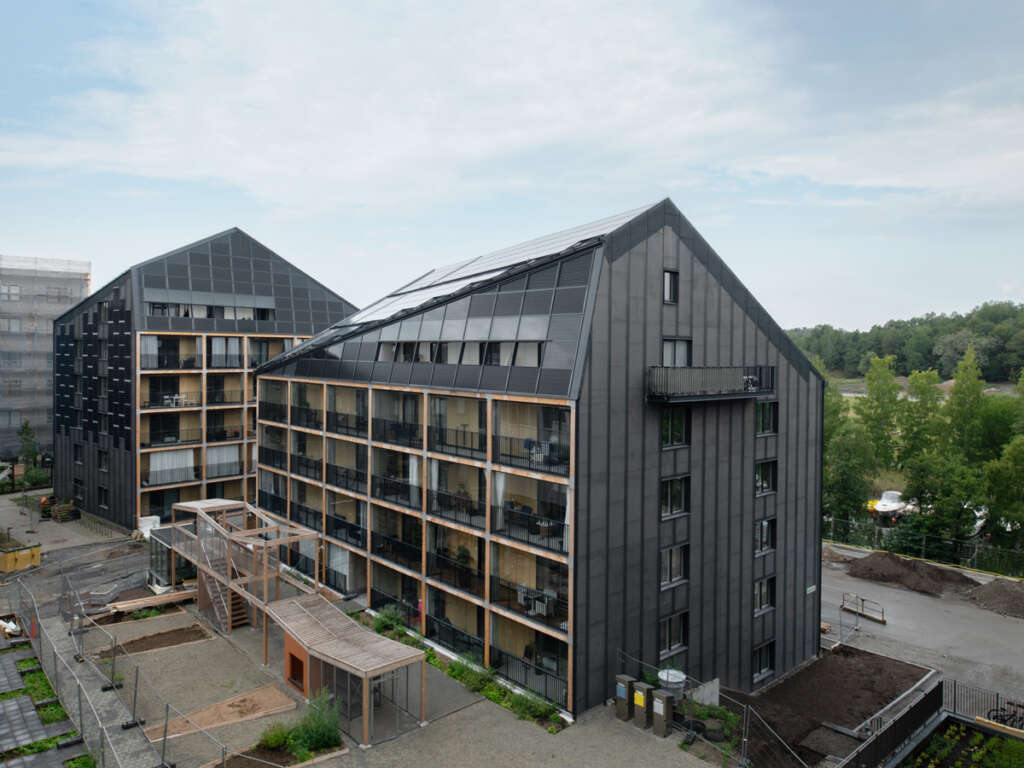
The concept of buildings on bridges dates back to ancient times, when civilizations built structures that spanned rivers and other water bodies. However, it was not until the 19th century that the idea of constructing buildings on bridges became a popular architectural trend.
One of the earliest examples of a building on a bridge was the Rialto Bridge in Venice, Italy. Completed in 1591, the bridge features a series of shops and restaurants built into its sides. These buildings were originally constructed to help pay for the bridge's construction, but they soon became part of the city's bustling commercial district.

In the 19th century, the concept of buildings on bridges gained popularity in Europe and North America. In London, England, the Waterloo Bridge was built in 1817 with a series of buildings on its sides. These buildings included shops, cafes, and even a police station. The bridge became a popular destination for tourists and locals alike, and the buildings on its sides helped to fund its construction.
In the United States, the Brooklyn Bridge was completed in 1883 with a series of buildings on its sides. These buildings included a toll booth, a police station, and a storage facility for the bridge's maintenance equipment. The buildings on the Brooklyn Bridge were designed to be both functional and aesthetically pleasing, and they helped to establish the bridge as an iconic symbol of New York City.
In the early 20th century, the concept of buildings on bridges began to decline in popularity. The construction of modern bridges with streamlined designs made it more difficult to incorporate buildings into their structures. However, there are still some examples of buildings on bridges that exist today.

One notable example is the Ponte Vecchio in Florence, Italy. Built in the 14th century, the bridge features a series of shops and restaurants that have been in continuous operation for hundreds of years. The Ponte Vecchio is a popular tourist destination and a testament to the enduring appeal of buildings on bridges.
Another example is the Kintai Bridge in Japan. Built in 1673, the bridge features a series of small pavilions on its sides that were originally used as rest stops for travelers. Today, the pavilions have been converted into shops and restaurants that cater to tourists and locals alike.
In recent years, there has been a renewed interest in the concept of buildings on bridges. With advances in engineering and construction technology, it is now possible to design and build structures that are both functional and visually stunning. Some architects have even proposed building entire cities on bridges, with residential, commercial, and recreational spaces all integrated into the structure of the bridge itself.
In conclusion, the history of buildings on bridges is a long and fascinating one. From the ancient civilizations of Europe and Asia to the modern cities of North America and beyond, buildings on bridges have been a testament to human ingenuity and creativity. While the popularity of this architectural trend has waxed and waned over the centuries, the enduring appeal of buildings on bridges is a testament to their beauty, functionality, and historical significance.



